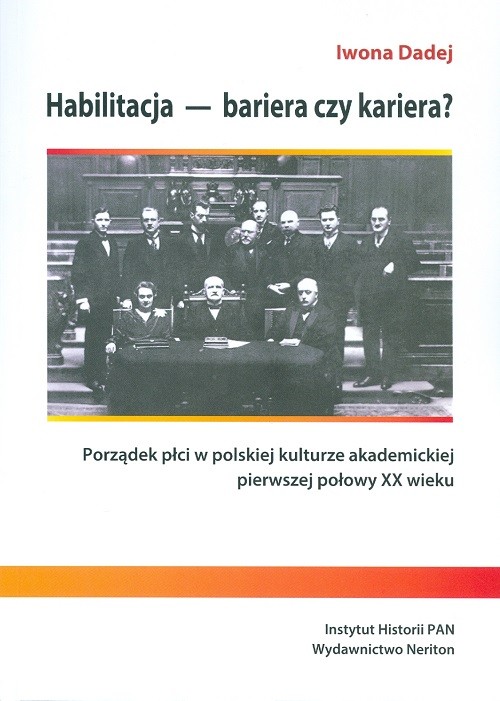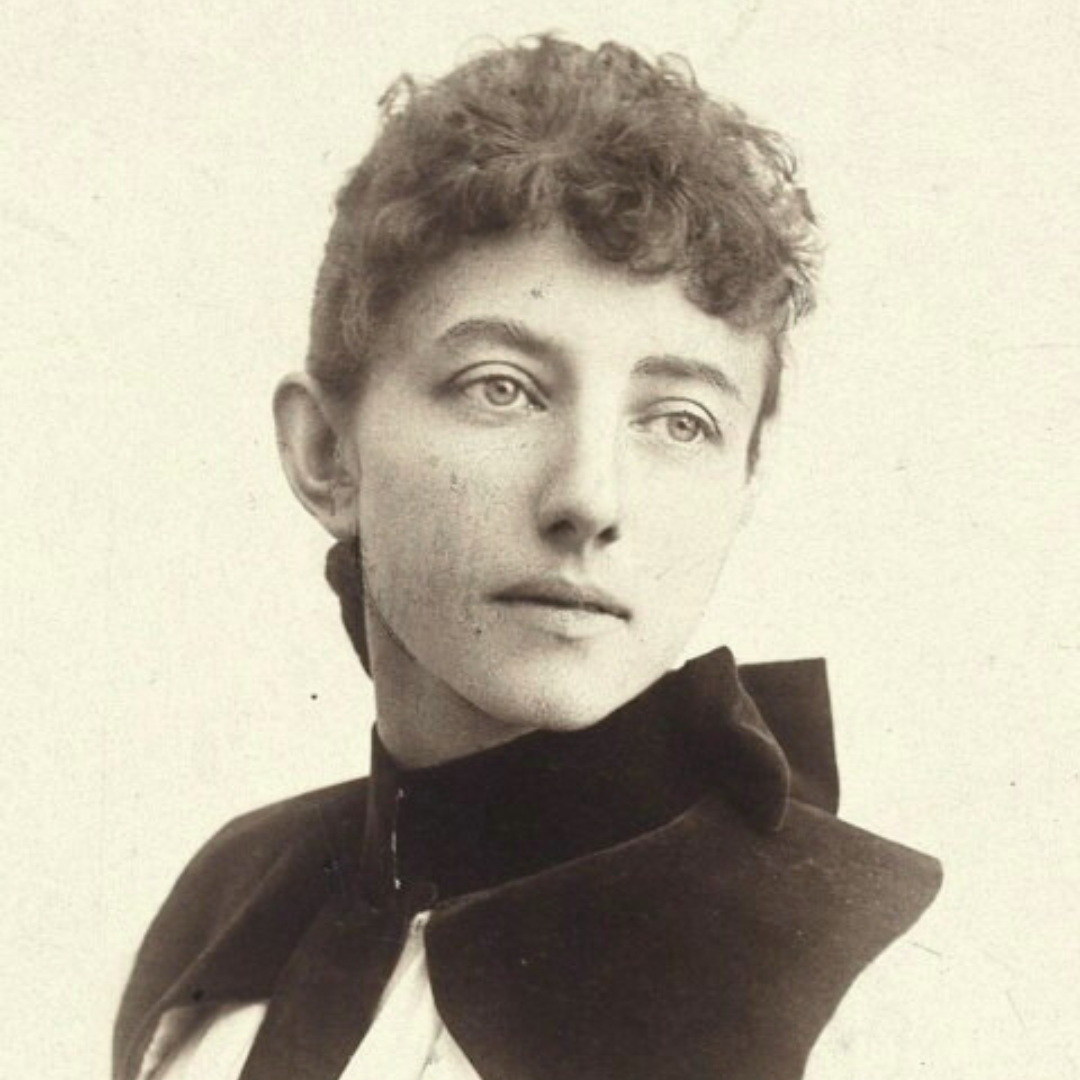Academic women in 20th-century Poland

Published by: Instytut Historii Polskiej Akademii Nauk/ Wydawnictwo Neriton

The procedure of habilitation is one of the distinctive features of the academic system in many European countries. Introduced in its modern form in early 19th-century Germany, the habilitation process emerged as a rigorous postdoctoral qualification designed to certify a scholar’s ability to conduct independent research and teach at the university level. Its origins can be traced back to medieval European universities, where the concept of the venia legendi—the right to lecture—was first established. Over time, this practice evolved into a formalized qualification system that became a cornerstone of academic career advancement, ensuring that only those with proven research excellence and pedagogical competence could secure professorships, while also functioning as a mechanism of exclusion that limited access to the highest academic ranks.
Iwona Dadej examines the dual nature of habilitation by asking whether it served as a barrier or a vehicle for the careers of Polish women in the first half of the 20th century. According to Dadej’s estimation, between 1919 and 1939 approximately 40 women achieved habilitation at Polish universities (p. 66). Born between 1865 and 1905, these pioneering women lived under varying political regimes and witnessed the re-establishment of the Polish state in 1918. They experienced academic migration, spoke multiple languages, and—whether in their native realm or abroad—had to navigate an academic system that was designed predominantly for men. While some succeeded in pursuing academic careers, others ended up in state administration. By exploring archival materials from across Europe and examining ego-documents produced by her subjects, Dadej’s work offers valuable insights into what Karin Hausen termed the “gender order” (Geschlechterordnung)—the socially constructed framework of roles, expectations, and power relations that shape interactions between men and women.1
They experienced academic migration, spoke multiple languages, and—whether in their native realm or abroad—had to navigate an academic system that was designed predominantly for men.
More specifically, Dadej traces the long journey of Polish—and, by extension, East European—women toward academic education, highlighting the pivotal role the University of Zurich played in this process since the 1840s (pp. 26–44). She examines both the evolving subjectivities of women during this journey and the administrative burdens, as well as the widespread criticism of female emancipation—particularly that directed against foreign women. Next, Dadej reconstructs the first successful attempts by women to obtain habilitation—a process that began in late 19th-century Switzerland and continued at Austrian and German universities into the early 20th century. In parallel, she discusses the achievements of social scientist Zofia Daszyńska-Golińska (1866–1934), who, after earning her doctorate in Zurich, submitted her habilitation thesis in Krakow, emerging as one of the pioneering figures in the struggle for the academic recognition of women in Eastern Europe (pp. 45–59). The core of Dadej’s book focuses on women’s habilitation procedures in interwar Poland (pp. 60–96) and explores the various “traces and tracks” of women’s visibility in both past and present Polish academia (pp. 97–130). The annexes include brief biographies of selected figures discussed in the book, along with archival documents published here for the first time (pp. 131–187).
Despite significant gaps in the records—primarily due to the destruction of numerous Polish archives and libraries during the Second World War and the westward shift of Poland’s borders in 1945—Dadej succeeds in creating a compelling narrative of the struggle for academic recognition faced by Polish women in the interwar period. Importantly, she situates these local developments within a broader context by tracing the history of the Polish Association of Women with Higher Education, founded in 1926 in Warsaw as part of the International Federation of University Women. It is somewhat surprising, however, that the issue of women’s productivity—a topic that received considerable attention during the pandemic when Dadej wrote her book—is not explored in greater depth.
Dadej succeeds in creating a compelling narrative of the struggle for academic recognition faced by Polish women in the interwar period.
Sections of the book devoted to “traces and tracks” contextualize the struggle over habilitation within the broader framework of Polish women’s visibility in academia since the early 19th century. Dadej delineates five distinct periods in the gendered history of science: during the 19th century, educated women appeared as an exotic exception to male dominance; in the first half of the 20th century, the agency of educated women was bolstered by the rise of the women’s movement; the post-1945 period witnessed what Dadej calls the “pioneerization” of women in science; in the post-1989 period, women’s presence in academia became a legitimate subject of study; and in recent years, the author briefly characterizes the landscape as a “war on culture” that questions the very existence of gender—a backlash observable in many illiberal contexts.
Overall, Dadej’s book is a thoughtfully written study that offers valuable insights extending well beyond the timeframe suggested by its title. The book’s main merits are threefold. First, rather than confining local developments to narrow, insular narratives, Dadej skillfully interweaves the history of Polish women with broader cross-border cultural and political transformations. Second, the author draws elegantly on a wide array of literature on gender history and intersectionality, presenting complex theoretical frameworks in an accessible manner that enriches the reader’s understanding without overwhelming them. Third, the book provides a robust historical background for current debates over the legitimacy of the habilitation process—a topic that has become increasingly contested in academic circles.2 Together, these strengths not only deepen our insight into women’s academic trajectories but also contribute to broader discussions about gender, power, and institutional change in modern history.
Kornelia Kończal specializes in modern European history, with a particular focus on East Central Europe, France, and Germany. She received her PhD from the European University Institute in Florence in 2017 and has been an Assistant Professor of Public History at Bielefeld University since 2021. Her current project, Mnemonic Populism in Contemporary Europe, funded by the Volkswagen Foundation, examines the role of history in right-wing populism from a comparative perspective.
1 Karin Hausen: “Wirtschaften mit der Geschlechterordnung. Ein Essay”, in Geschlechterhierarchie und Arbeitsteilung. Zur Geschichte ungleicher Erwerbschancen. Göttingen 1993, pp. 40–67; see also: Karin Hausen, Geschlechtergeschichte als Gesellschaftsgeschichte, Göttingen 2012; Karin Hausen, Helga Nowotny, Wie männlich ist die Wissenschaft? Frankfurt/Main 1986.
2 Izabela Wagner, Mariusz Finkielsztein, Agata Czarnacka (2017). Being Polish scientists and women – between glorious past and difficult present: The ‘reverse dynamic of equality construction’. European Educational Research Journal, 16(2-3), 141-165; Natalia Letki, Grzegorz Biały, Piotr Sankowski, Dawid Walentek (prepint): Streamlining for excellence discriminates against women: A study of research productivity of 2.7 million scientists in 45 countries.
